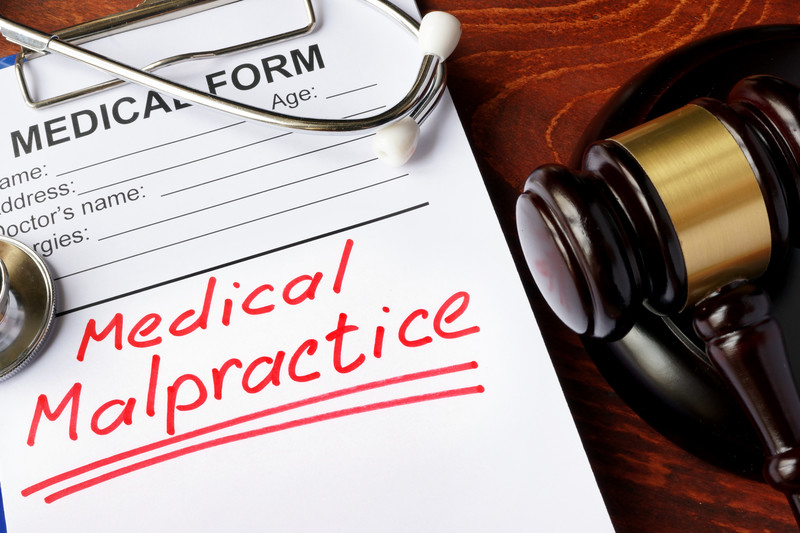Just as physicians and surgeons, nurses also could face medical malpractice litigation. In fact, statistics over the past few years shows that nursing malpractice claims are on the rise. Medical malpractice cases are complex and require processes such as medical records analysis to determine the cause and nature of the harm caused to the patient. All clinical staff are expected to provide care that meets the required standard of care. This standard may be very specific to nurses or could be more general. To bring a medical malpractice lawsuit against a nurse, certain elements of medical malpractice must be met. These are the same as those applicable to any medical entity, including doctors and hospitals.
So, what are these malpractice elements?
- Duty: The nurse must owe a duty to the patient. One example would be the duty to ensure a safe environment and follow the physicians’ orders for the patient.
- Breach of duty: This indicates that the specific duty the nurse owed to the patient has been breached, or the nurse has failed in his/her duty. If a patient falls and sustains an injury because of the nurse’s negligent action, it would constitute a breach of duty.
- Damages: Whatever duty was breached must have led to injuries that result in damages. For example, if a patient falls out of bed and gets injured because the nurse forgot to put the bed rail up, the patient can claim damages. If there is no injury, there is no damage that can be claimed.
- Causation: The most challenging element to prove in a medical malpractice case, causation indicates the direct cause-and-effect link between the breach of duty and the injury. In other words, the failure to do the entrusted duty must have caused the injury. If a nurse forgets to administer a medicine the doctor had prescribed, and that causes harm to the patient, there is a link between breach of duty and causation.
To avoid malpractice risk, nurses must be cautious about the following:
- Omission of care
- Failure to recognize a change in the patient’s condition
- Failure to communicate a change in the patient’s condition to medical or other staff
Nursing malpractice claims typically fall under the following categories.
- Failure to follow standards of care
- Failure to evaluate and monitor
- Failure to use equipment in a responsible manner
- Failure to communicate
- Failure to document
- Failure to act as a patient advocate or follow the physicians’ orders
Since duty is a very important consideration, nurses must be aware that apart from the duty of reasonable care they owe towards any patients to whom they provide care, they can also have a duty in some other circumstances. Nurses should
- Understand that a nurse-patient relationship begins upon acceptance of responsibility for a patient, whether the nurse is assigned the duty in the workplace or received an endorsement report in volunteered services.
- Assume that on-call or supervisory responsibilities also create a duty to patients, even if there is no explicit nurse-patient relationship.
- Know whether there is a duty to rescue statute in their state, and if such a statute exists, what it requires.
- Be compliant with organizational policies and procedures so as not to relieve employers of responsibility.
How can nurses reduce the risk of malpractice?
First and foremost, they should know and be compliant with their state’s nurse practice act. They should always stay updated in their field and understand and follow their facility’s procedures and policies. Patient evaluation should be done according to policy and physician orders. If needed, assessment must be made more frequently based on their nursing judgment. Any abnormal observations and lab values must be reported promptly, the reporting must be documented and followed up properly. Importantly, follow-up must be regularly done on nursing assessments and interventions delegated to others. The nursing care provided must be documented clearly and comprehensively reflecting assessment, intervention, and evaluation. Open communication is vital with patients, their families and other healthcare providers. If any deviations in care are observed, incident reports should be immediately filed for them. Another thing to avoid is charting ahead of time.
A medical chart review company assisting in medical malpractice cases understands the huge responsibility vested on healthcare providers. Just as doctors, nurses are responsible for the plan of care charted out for each patient. They should comply with the standards of care, evaluate patients according to physician orders and professional judgment, ensure proper communication and documentation of all care and communication, and act as caring patient advocates.




